Celery: [Cultivation, Irrigation, Care, Pests and Diseases]
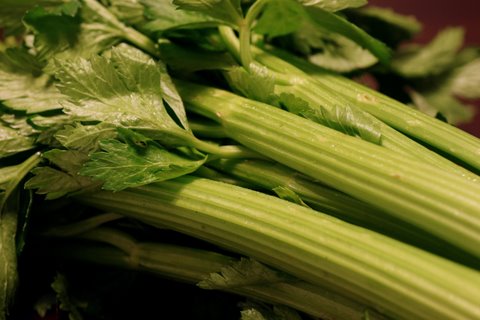
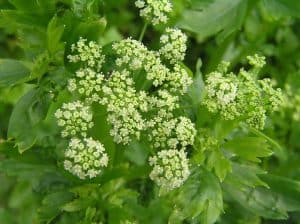 Celery is a plant native to the Mediterranean region. However, its cultivation has spread throughout the world, specifically in the temperate zones of Europe and North America.
Celery is a plant native to the Mediterranean region. However, its cultivation has spread throughout the world, specifically in the temperate zones of Europe and North America.
It was used since ancient times during religious and mortuary rituals by the Egyptians, Greeks and Romans. However, it was not until the Middle Ages that it began to be used for curative and culinary purposes.
Its name comes from the Celtic meaning «water», most likely because it grows in regions very close to bodies of water. It is currently cultivated due to its low energy content and for its dietary, therapeutic and medicinal properties.
It has an intense flavor, slightly bitter but pleasant.
Important points when sowing celery
- Scientific name: Apium graveolens.
- Common Name: Celery, sweet celery, water celery, water parsley.
- Height: 60 centimeters.
- Light Need: Low.
- Temperature: temperate climates.
- Irrigation: Abundant.
- Fertilizer: Organic fertilizer.
What characteristics does celery have?
Celery is a biennial plant with a deep taproot and shallow roots. It reaches heights of 60 to 100 centimeters during the first year of development. Its elongated and fluted stems are born from the neck of the root and form a wide bouquet with leaves wedged in the shape of a crown.

Starting in the second year, celery produces a flower stem with about 12 white or purple flowers, which are grouped in an umbrella-shaped inflorescence. Celery fruits are similar to seeds, having a triangular shape and being brown in color. The seeds have an average germinative power of 5 years.
When to sow celery?
There are two times a year when celery can be planted, one is in winter and the other is in spring. The sowings of the winter period begin in July and August to be able to transplant the crop between the last days of August and October.
In the case of spring production, sowing should be done during the first weeks of November in order to transplant during January and February. In hot climates it should be sown during the rainy season. In the case of temperate or slightly cold climates, it can be sown from March.
Finally, in cold climates, it should be sown until April or May.
Where to plant celery?
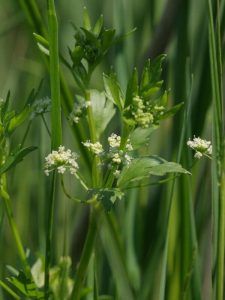 It is recommended to grow celery in temperate climates, with a monthly temperature of 16ºC to 21ºC. Although it tolerates light frosts, it should be planted in regions where it is not affected by the cold of winter.
It is recommended to grow celery in temperate climates, with a monthly temperature of 16ºC to 21ºC. Although it tolerates light frosts, it should be planted in regions where it is not affected by the cold of winter.
Celery is a plant that can be grown in a greenhouse to guarantee the required temperature level, 13ºC and 15ºC, to prevent flowers from sprouting prematurely.
It can be grown outdoors, maintaining control over solar radiation and weather conditions with the help of light protection such as floating thermal blankets or multi-perforated polyethylene sheets.
How to prepare the land?
Celery is not very demanding as far as the type of soil is concerned. It can be grown in deep, moist, well-drained soils, as it does not support waterlogging. It develops best in organic soils, with a pH of 6.8 to 6.0.
To prepare the land, it must be tilled deep a few months before planting to loosen the soil and allow air to enter, thus improving the water storage capacity.

It is also necessary to fertilize the soil to improve its quality. Fertilizing with manure (3 kg/m²) once a week is recommended, especially on poor soils. On the other hand, in addition to providing nitrogen, phosphorous and potassium, celery needs boron, sulfur and magnesium.

How do we water celery?
For the cultivation of celery it is essential to maintain the substrate in a perfect state of humidity. If affected by drought, the soil can lose its quality. Celery needs to be irrigated with good quality water with low electrical conductivity.
It can be done by gravity, localized irrigation, drip or sprinkler. However, the most effective route is usually drip irrigation.
How often do we water the celery?
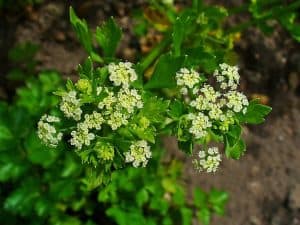 During the early stages of celery cultivation, irrigation should be applied regularly and abundantly to promote uniform growth.
During the early stages of celery cultivation, irrigation should be applied regularly and abundantly to promote uniform growth.
Depending on the type of soil and weather conditions, irrigation can be done 1 to 3 times a week.
This allows the top layer of the substrate to remain apparently dry to prevent damage to the base of the plant.
How to plant a celery step by step?
Celery seed has irregular dormancy so it is important to get good grains, the same ones that should be germinated in seedbeds or in agricultural foamy . The steps are the following:
- Per cavity, place two seeds in a previously moistened coconut powder or peat moss substrate and cover them lightly with it.
- Keep the seedbed in a place with little light, at temperatures between 10ºC and 15ºC. In warmer environments, sunlight is needed to germinate. However, it is advisable to follow the instructions of the seed producers.
- Water with a water atomizer to always keep the substrate moist.
- Wait 7 to 21 days until false leaves grow and then move the seedbed to a place with better light, but protected from direct sunlight, rain and wind.
- The seedling can be transplanted into the ground after 1-2 months, when it reaches about 15 centimeters in height and 4 true leaves with a 10-centimeter stalk and a 5-centimeter leaf have already sprouted. Keep a distance between plants of 20 to 30 centimeters.
What care does celery need?
Celery growth is slow and can be affected by weed growth and competition. For this reason, it is recommended to remove them when they sprout and not let them reach 6 leaves to prevent regrowth.

What pests and diseases affect celery?
The celery crop can be affected by the following pests: carrot fly (Psylla rosae Fab), celery fly (Phylophylla heraclei), aphids (Aphis Myzus persicae), gray worms (Agrotis), nematodes (Dytilenchus dipsaci Kuehm), among others.
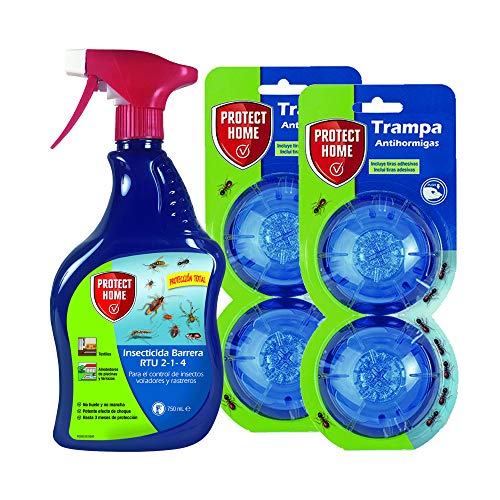
The diseases that regularly affect celery crops are: celery mildew (Plasmopara nivea Schr), leaf spot or blight (Cercospora apii Fres), septoria (Septoria apii Chest, Septoria apii graveolentis), among some others.
References
- https://www.researchgate.net/publication/314259656_Celery_Cultivos_Horticolas_al_aire_libre
- http://repositorio.uaaan.mx:8080/xmlui/bitstream/handle/123456789/3673/T10982%20RAMOS%20DUARTE,%20JOSE%20GABRIEL%20%20%20TESIS.pdf?sequence=1
- https://www.fen.org.es/MercadoAlimentosFEN/pdfs/celery.pdf
- https://infoagro.com/hortalizas/celery.htm
- https://www.hydroenv.com.mx/catalogo/index.php?main_page=page&id=294
- https://viaorganica.org/como-cultivar-celeriac-organico-en-casa/
- https://www.mapa.gob.es/es/ministerio/servicios/informacion/apio_tcm30-102513.pdf
- https://verduras.consumer.es/celery/introduccion
- https://www.mapa.gob.es/es/ministerio/servicios/informacion/apio_tcm30-102513.pdf

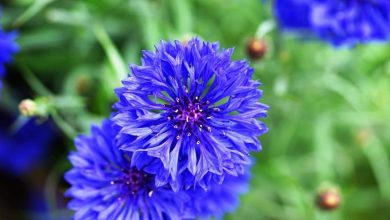
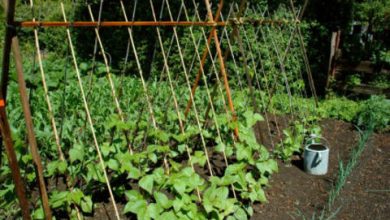

![Photo of How to Save Tomato Seeds: [Procedure and Duration]](https://www.complete-gardening.com/wp-content/uploads/2022/08/how-to-save-tomato-seeds-procedure-and-duration-390x220.png)